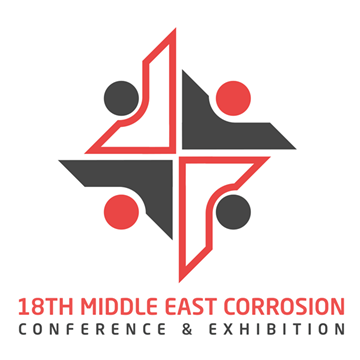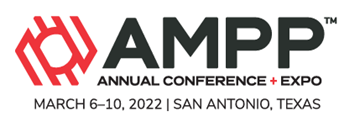Search
Products tagged with 'carbon steel'
View as
Sort by
Display
per page
Influence of Experimental Injection Method on the Inhibition Efficiency of Volatile Corrosion Inhibitors for Top-of-the Line Corrosion Mitigation
Product Number:
51323-19452-SG
Publication Date:
2023
$20.00
Influence of Impurity Adsorption and Condensation on the Initial Corrosion Mechanism of CO2 Transport Pipeline Steel
Product Number:
51323-19066-SG
Publication Date:
2023
$20.00
Influence of Oxygen Diffusion Coefficients and Soil Moisture Content on the Corrosion Behavior of Carbon Steel
Product Number:
MECC23-20174-SG
Publication Date:
2023
$20.00
Influence of the Soil Moisture Level and Differential Aeration Cell on the Corrosion Rate of Carbon Steel and Zinc Coated Steel
Product Number:
51324-20694-SG
Publication Date:
2024
$40.00
In-situ Study of Iron Carbonate Formation Kinetics and Pseudo-passivation of Carbon Steel in Aqueous CO2 Environments
Product Number:
51324-20667-SG
Publication Date:
2024
$40.00
In-Situ Synthesis Of Corrosion Product-Polymer Composites On Carbon Steel For Enhanced Erosion-Corrosion Protection In CO2 Corrosion Environments
Product Number:
51322-17717-SG
Publication Date:
2022
$20.00
Investigating The Effect Of H2S And Corrosion Inhibitor On The Corrosion Of Mild Steel Under High Pressure CO2 Conditions
Product Number:
51322-17943-SG
Publication Date:
2022
$20.00
Laboratory Studies Related To External Corrosion Of Hanford’S Double-Shell Tanks In Contact With Concrete Liner
Product Number:
51321-16576-SG
Publication Date:
2021
$20.00
Limpeza por Jateamento Abrasivo Úmido de Metal Branco
Product Number:
SSPC-SP 5 (WAB)-2015-NACE WAB-1-2015-Portuguese
Publication Date:
2015
$179.00
Limpeza por Jateamento Abrasivo Úmido de Metal Quase-branco
Product Number:
SSPC-SP 10 (WAB)-2015-NACE WAB-2-2015-Portuguese
Publication Date:
2015
$179.00
Localized Corrosion on Coating Damaged Surface of Automotive Suspension Coil Springs
Product Number:
51317--9152-SG
ISBN:
9152 2017 CP
Publication Date:
2017
$20.00
Modelling Electrolytic Hydrofluoric Acid In The Fractionation Phase Change Corrosion Zone Of HF Alkylation Units
Product Number:
51322-17520-SG
Publication Date:
2022
$20.00












